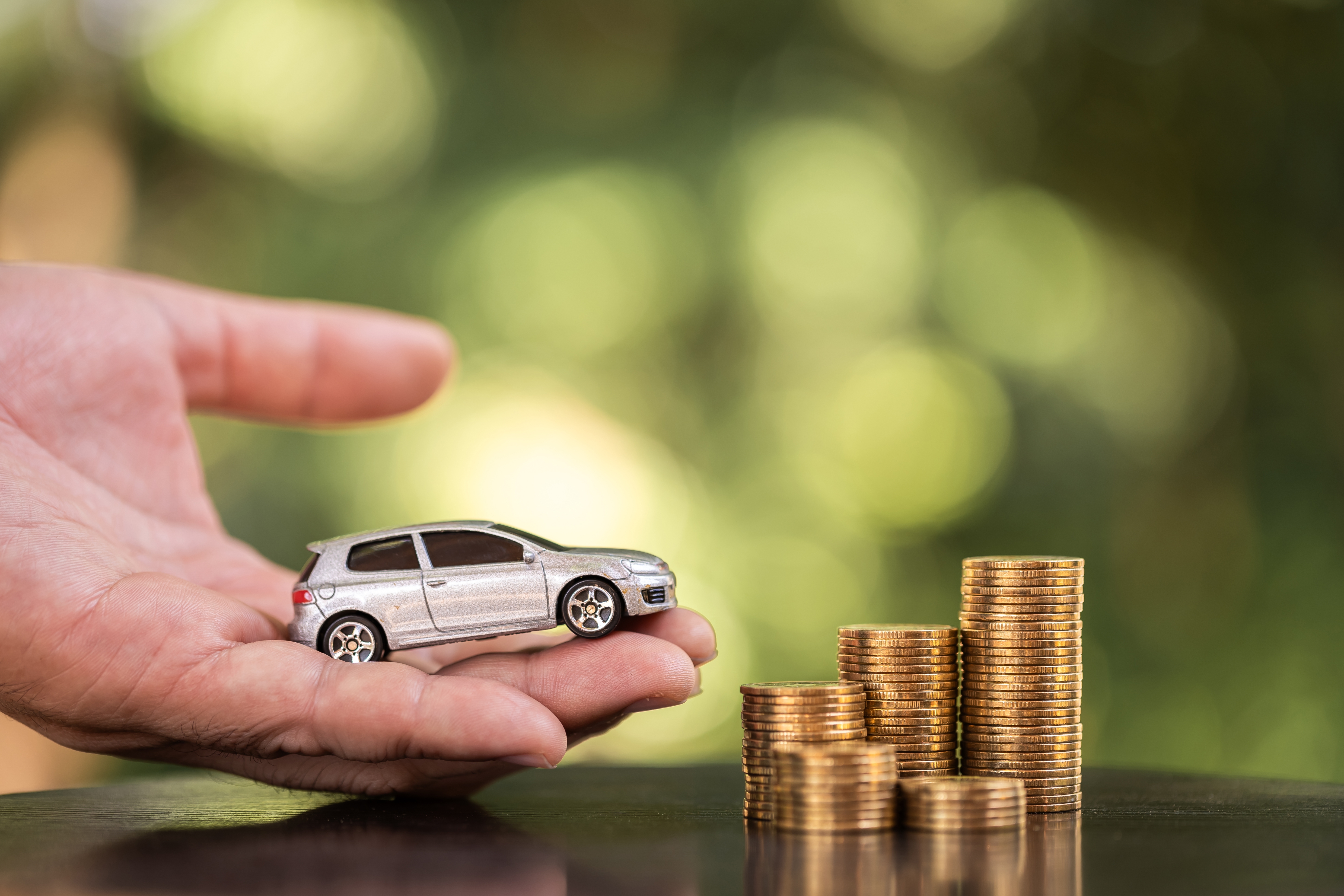Shaping the Future: The Role Of Industrial Eco-Design In Business
The world of business and industry is always in a state of flux, propelled by advancements in technology, shifts in market trends, and evolving consumer preferences. One emerging area that has gained traction but is still largely underexplored is Industrial Eco-Design. This practice integrates environmental considerations into the design and development process, aiming to reduce environmental impact throughout a product's life cycle.
A Closer Look at Industrial Eco-Design
Industrial Eco-Design is not new. Originating in the 1990s, it has gradually evolved in response to increasing public awareness of environmental issues and stricter regulatory standards. It combines principles of sustainable development with product design and manufacturing processes to minimize environmental damage. The approach considers the entire product life cycle, from raw material extraction through manufacturing, use, and end-of-life disposal or recycling.
Current Trends in Industrial Eco-Design
Today, Industrial Eco-Design is gaining momentum. Companies are beginning to realize that eco-friendly practices are not just beneficial for the environment, but also for their bottom line. This approach can lead to cost savings through improved process efficiency, enhanced product value, and positive brand reputation.
Several trends are shaping the current Industrial Eco-Design landscape. For example, companies are increasingly using Life Cycle Assessment (LCA) tools to evaluate the environmental impact of their products. Additionally, there is a growing focus on designing for end-of-life, aiming to make products easier to recycle or reuse.
The Impact and Benefits of Industrial Eco-Design
The adoption of Industrial Eco-Design can lead to numerous benefits. Firstly, it can result in significant cost savings. By considering environmental impact from the initial design stages, companies can reduce waste, decrease resource consumption, and increase process efficiency.
Secondly, it can enhance brand reputation. As consumers become more environmentally conscious, companies that prioritize sustainable practices can gain a competitive edge. Research has shown that companies with strong environmental credentials often experience increased customer loyalty and brand value.
Lastly, Industrial Eco-Design can lead to improved regulatory compliance. With governments worldwide implementing stricter environmental regulations, companies that integrate eco-design principles are better positioned to meet these standards and avoid potential fines and penalties.
However, adopting Industrial Eco-Design is not without challenges. It requires a significant shift in mindset, from viewing environmental considerations as constraints to seeing them as opportunities for innovation and improvement. It also necessitates close collaboration across different departments, from design and manufacturing to marketing and sales.
Integrating Industrial Eco-Design into Your Business
-
Start by creating a cross-functional team that includes representatives from design, production, marketing, and other relevant departments. This team should be tasked with integrating eco-design principles into all stages of product development.
-
Conduct regular Life Cycle Assessments (LCAs) to evaluate the environmental impact of your products. Use this information to identify areas for improvement and track progress over time.
-
Prioritize designing for end-of-life. Think about how your product will be disposed of or recycled when it reaches the end of its useful life and plan for this from the outset.
-
Communicate your commitment to Industrial Eco-Design to stakeholders, including employees, customers, investors, and regulators. This can help enhance your brand reputation and build trust with these key groups.
Industrial Eco-Design represents a powerful opportunity for businesses to enhance their environmental performance while also driving innovation and cost savings. However, it requires a concerted effort and a willingness to challenge traditional ways of thinking. By embracing Industrial Eco-Design, companies can not only contribute to a more sustainable future but also position themselves for success in the increasingly environmentally conscious market.





